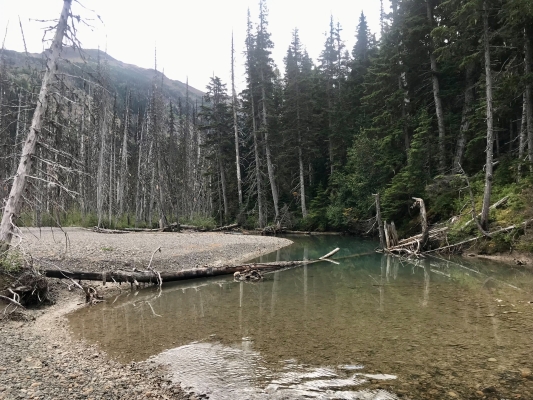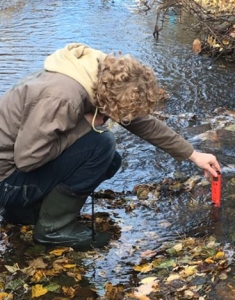Co-benefits for Climate, Watersheds and Communities - Phase 3: Goals and Objectives
Partnerships and Knowledge Exchange
 Phase 3 of Theme 4 deepens intersectoral partnerships, bridging data and information gaps. Collaborations with entities like the Northern Health Authority enable the Nechako Watershed Portal to inform not only provincial watershed security and land use planning processes but also climate and health vulnerability assessments. These partnerships expand the portal's reach, ensuring that it plays a vital role in informing all interested stakeholders while helping the decision-making in complex watershed processes.
Phase 3 of Theme 4 deepens intersectoral partnerships, bridging data and information gaps. Collaborations with entities like the Northern Health Authority enable the Nechako Watershed Portal to inform not only provincial watershed security and land use planning processes but also climate and health vulnerability assessments. These partnerships expand the portal's reach, ensuring that it plays a vital role in informing all interested stakeholders while helping the decision-making in complex watershed processes.
Community Engagement and Co-benefit Amplification
 Theme 4 actively engages communities and interest groups within the Nechako. By focusing on co-benefit designs and orientations that are beneficial for climate, catchments, and communities, the theme facilitates community engagement. This engagement is essential in amplifying co-benefits, ensuring that policies, actions, and interventions are designed to achieve multiple benefits simultaneously. Through ongoing relationship building and knowledge exchange, Theme 4 contributes to a more resilient, integrated, and sustainable future for the Nechako River Basin and its communities. If you wish to know more about our collaborative space designed to foster learning that connects health, ecosystems and equity, please visit LEAPH (Learning from Eco-social Approaches to Health). On the LEAPH website, there is a section where you can also find updated information on the Nechako watershed.
Theme 4 actively engages communities and interest groups within the Nechako. By focusing on co-benefit designs and orientations that are beneficial for climate, catchments, and communities, the theme facilitates community engagement. This engagement is essential in amplifying co-benefits, ensuring that policies, actions, and interventions are designed to achieve multiple benefits simultaneously. Through ongoing relationship building and knowledge exchange, Theme 4 contributes to a more resilient, integrated, and sustainable future for the Nechako River Basin and its communities. If you wish to know more about our collaborative space designed to foster learning that connects health, ecosystems and equity, please visit LEAPH (Learning from Eco-social Approaches to Health). On the LEAPH website, there is a section where you can also find updated information on the Nechako watershed.